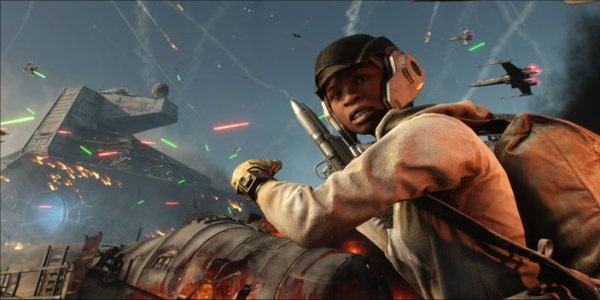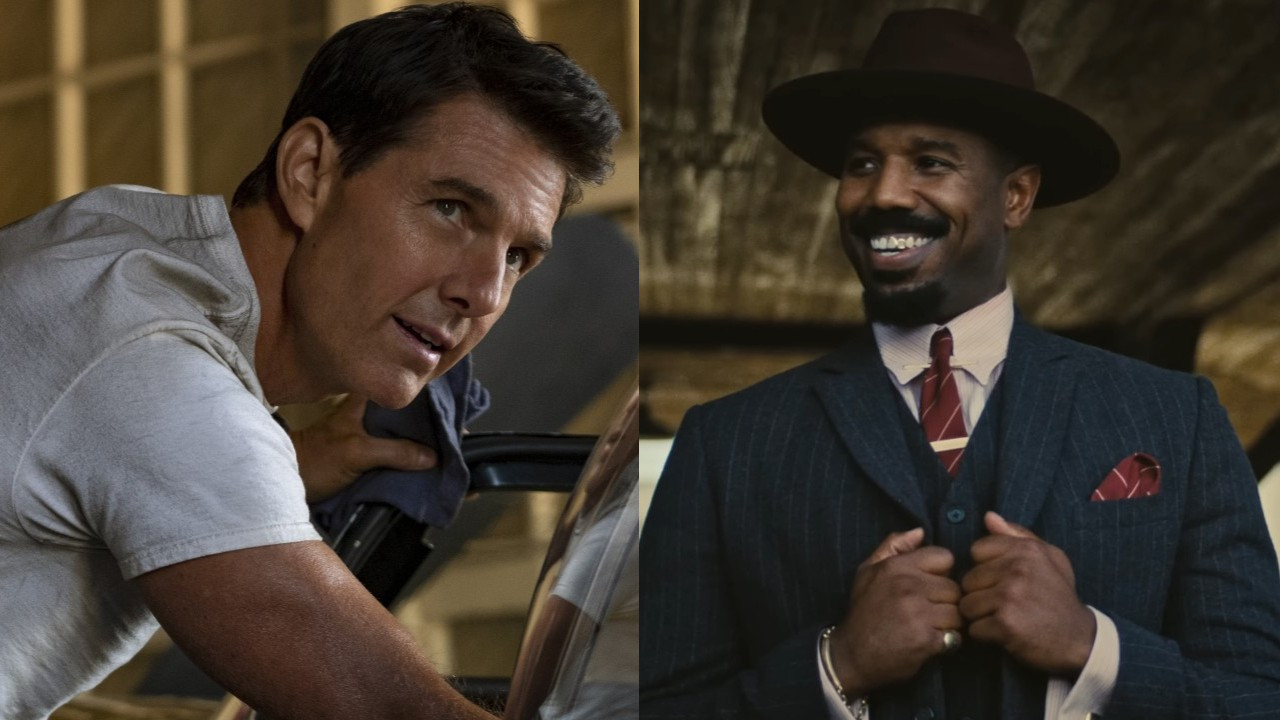The Two Big Problems EA Apparently Had With Visceral's Star Wars Game

A lot of people were looking forward to Visceral Games' Star Wars game codenamed Ragtag. The project has been taken over by EA and the team has been scuttled. Well, in a postmortem about the closure of Visceral, it was revealed what the two biggest problems were that EA had with Visceral's Star Wars game. One was a story issue, while the other focused on mechanics.
Kotaku did a detailed rundown of the situation, covering the tumult leading up to the closure of Visceral Games and the issues that caused the tumult. One of the biggest problems that Visceral ran into -- even with legendary game director Amy Hennig at the helm -- was that even though Lucasfilm and Disney signed off on Visceral's efforts, EA was not pleased with the story Visceral wanted to tell. Why? Because according to Electronic Arts, the story was too focused on telling a story focused on organized crime rather than something with Jedi and lightsabers.
According to the article, EA was obsessed with having marketable names attached to Ragtag and intent on having recognizable brands used in the project in some way. According to a former Visceral staff member, EA's apprehension to sign off fully on certain things or provide Visceral with proper staff and resources was due to the lack of recognizable Star Wars iconography being present in the game.
While this might sound stupid to some people, this is more-so related to EA's marketing department since recognizable Star Wars characters, names, entities, starships, and locations all help sell the game when it comes time to promote the game. Think about how EA is currently promoting Star Wars: Battlefront II, putting a large focus on the return of the Clone Wars era, having characters from the upcoming Star Wars: The Last Jedi appear on the box art, as well as featuring popular characters like Darth Maul, Boba Fett, and Luke Skywalker in majority of the marketing. It's very deliberate.
Not having rudimentary marketing points beyond the Star Wars name to sell to the broader public seemed to be a roadblock that Visceral couldn't climb over.
The second major issue that Electronic Arts had with Visceral's project was the lack of mechanical innovation. According to the Kotaku article, EA executive Jade Raymond wanted Visceral to include some sort of "hook" to reel gamers in with a new form of tech in order to compete with Uncharted 4 or Rise of the Tomb Raider.
There was a huge problem with the second argument -- even more-so than the first argument -- because this was Visceral's first time using the Frostbite game engine to design a third-person action-adventure shooter from the ground up. Yes, the team had experience with third-person shooters in the past with Dead Space, but essentially the team had to spend a lot of time gutting and re-purposing the Frostbite to basically make an Uncharted game. Getting the basic foundations laid was more important than anything, and there just wasn't any time or budget to innovate or iterate some completely new design.
CINEMABLEND NEWSLETTER
Your Daily Blend of Entertainment News
For those of you who don't know, the Frostbite was originally designed for Battlefield games, and while it has a lot of high-end and top-caliber rendering capabilities and features, it's not a be-all, do-all engine (no engine is) and requires a lot of reworking to fit the needs of a project. Usually gutting an engine and re-purposing it takes anywhere between two and three years. Cloud Imperium Games had to do the same thing with the CryEngine for Star Citizen, and Reloaded Productions had to do the same thing with the Unreal Engine for APB: Reloaded.
Unfortunately, Visceral was short on staff, short on resources, and dealing with a lot of the internal strife that came with working on a project under both Lucasfilm and Electronic Arts. Unfortunately, the end result is that EA decided to close down Visceral Games, adding to a number of other studios that have been shut down under the publisher's label.
Staff Writer at CinemaBlend.










